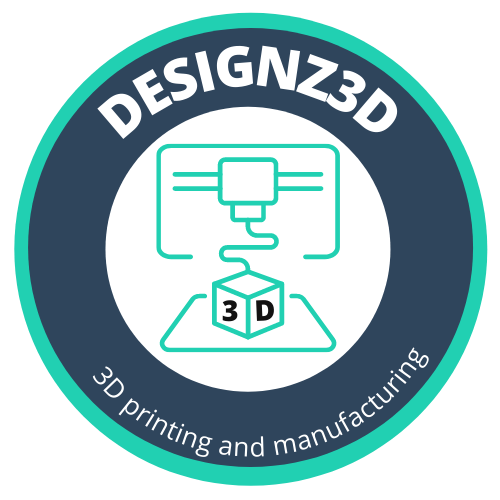1. Easy to Learn, Hard to Outgrow
One of Tinkercad’s standout features is its intuitive, beginner-friendly interface. Unlike complex CAD software, Tinkercad allows students to dive into 3D design quickly, making it ideal for classrooms with diverse skill levels. Even students with no prior experience in design can start creating their own 3D models in just a few minutes. Yet, the platform also offers enough depth to challenge advanced students, ensuring that it grows with them as they progress.
2. Encourages Creativity and Innovation
Tinkercad encourages students to think outside the box by giving them a sandbox to explore ideas freely. In STEM classes, students often work on projects requiring problem-solving and innovative solutions. Whether they are designing prototypes, creating models for scientific experiments, or building architectural structures, Tinkercad empowers students to visualize and materialize their ideas.
3. Supports Core STEM Skills
Using Tinkercad helps students develop key STEM skills, including:
-
Design thinking – Students learn how to approach problems methodically, brainstorm solutions, and iterate on designs.
-
Spatial reasoning – By manipulating 3D objects in a digital environment, students strengthen their ability to understand spatial relationships, a critical skill in engineering and math.
-
Collaboration – Many STEM classes encourage teamwork, and Tinkercad’s ability to share designs makes it easy for students to work together on projects.
-
Precision – As students progress, they learn the importance of precise measurements and alignment, preparing them for more advanced CAD tools and real-world engineering challenges.
4. Bridges the Gap Between Virtual and Physical Learning
Tinkercad allows students to design objects in a digital environment and then bring those designs to life through 3D printing. This tangible aspect of learning helps reinforce concepts and boosts engagement. When students can hold something they’ve designed in their hands, it fosters a sense of accomplishment and makes abstract concepts more concrete.
5. Cost-Effective and Accessible
Schools often face budget constraints when introducing new technology into the classroom. Fortunately, Tinkercad is completely free, making it a cost-effective option for schools looking to integrate 3D design and printing into their curriculum. Because it’s web-based, students can access it from any device with an internet connection, ensuring that learning isn’t limited to the classroom.
6. Integration with Real-World Tools
Tinkercad isn’t just a toy; it’s a legitimate design tool that integrates seamlessly with 3D printers. Once students finish a design, they can export it directly for printing in standard file formats like STL and OBJ. This real-world application prepares students for careers in engineering, design, and technology, where CAD and 3D printing are essential skills.
7. Promotes Lifelong Learning
By introducing students to Tinkercad and 3D printing, educators are instilling a love for learning that extends beyond the classroom. Students are more likely to pursue STEM-related fields when they’ve had early hands-on experience in creative and technical problem-solving. Tinkercad serves as a gateway for students to explore more advanced software and technologies as they advance in their education.
Conclusion
Tinkercad offers an invaluable platform for fostering creativity, innovation, and practical skills in STEM education. By integrating Tinkercad into the classroom, educators can provide students with the tools they need to succeed in the ever-changing world of technology and engineering. With 3D printing becoming more prominent in various industries, early exposure to design thinking and prototyping can set students on a path toward exciting and rewarding careers.
For schools looking to adopt 3D printing in their curriculum, Tinkercad is the perfect starting point. The combination of accessibility, ease of use, and real-world application makes it an ideal tool for helping students thrive in STEM learning environments.
